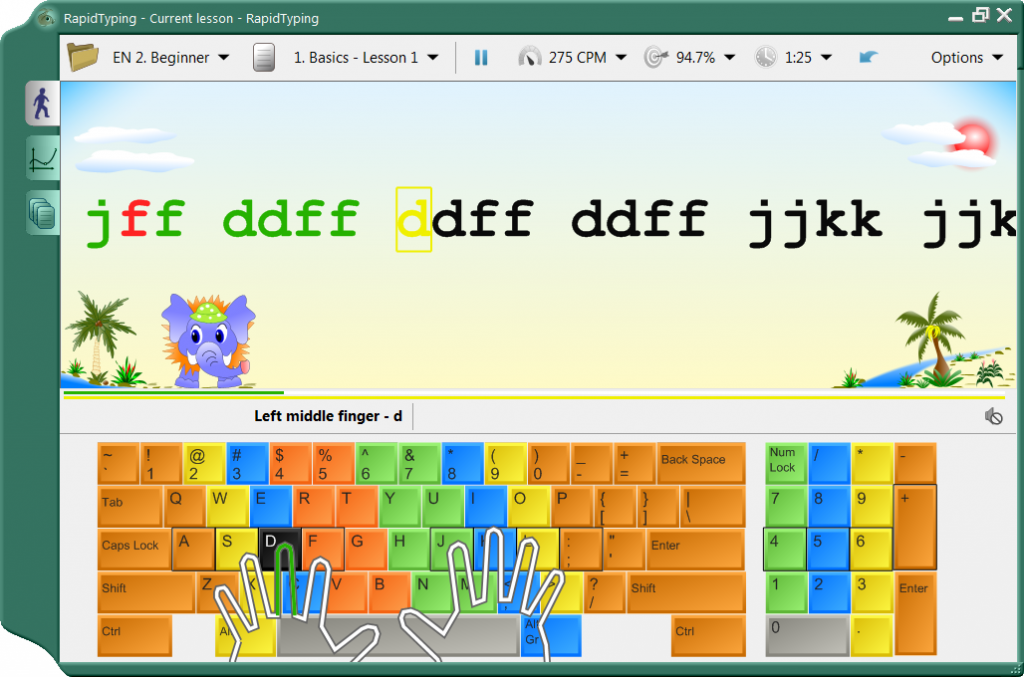Below the Line in Finance: Complete Guide to BTL Accounting and Business Operations
What does below the line mean in finance
Below the line (BTL) represent a fundamental concept in financial accounting that refer to items appear after the calculation of operate profit on an income statement. These entries include non-operating expenses, taxes, interest payments, and extraordinary items that don’t relate direct to a company’s core business operations.
The term originate from the literal line draw on financial statements to separate operating activities from non-operating activities. This distinction help investors, analysts, and management understand which expense stem from day to day business operations versus those arise from financing decisions, tax obligations, or unusual circumstances.
Key components of below the line items
Several specific categories fall below the line classification. Interest expenses represent the cost of borrow money and appear below the line because they result from financing decisions kinda than operational activities. Tax expenses besides qualify as BTL items since they represent mandatory payments to government entities kinda than costs associate with produce goods or services.
Extraordinary items constitute another major BTL category. These include one time events such as natural disaster losses, lawsuit settlements, or gains from asset sales that don’t occur regularly in normal business operations. Discontinue operations likewise appear below the line when companies sell or shut down business segments.
Investment income and losses from securities trading typically appear as below the line items unless the company operates as a financial institution where such activities represent core business functions. Foreign exchange gains and losses oft fall into this category for companies with international operations.
Above the line vs below the line distinction
Above the line (aATL)items include all revenues and expenses direct relate to core business operations. These encompass sales revenue, cost of goods sell, operating expenses like salaries and rent, and depreciation of assets use in operations. ThTo operaterofit or loss emerge after calculate wholly above the line items.
This separation serve multiple purposes in financial analysis. Operate profit provide a clearer picture of how advantageously a company perform its primary business activities without the influence of financing decisions or unusual events. Investors can advantageously compare companies within the same industry by focus on above the line performance.
Management teams use this distinction to evaluate operational efficiency individually from the impact of capital structure decisions. A company might show strong above the line performance while struggle with below the line items due to high debt levels or tax complications.
Impact on financial analysis and decision-making
Financial analysts rely intemperately on the above and below the line distinction when evaluate company performance. Earnings before interest and taxes (eEBIT)represent the profit after above the line items, provide insight into operational effectiveness. This metric enenableseaningful comparisons between companies with different capital structures.
Credit rating agencies pay particular attention to above the line performance when assess creditworthiness. Strong operational performance suggest a company can service debt obligations yet if current below the line items create temporary challenges. Conversely, weak above the line performance raise concerns about long term viability disregarding of current below the line benefits.

Source: YouTube.com
Investment decisions oftentimes hinge on understand whether poor financial performance stem from operational issues or below the line factors. Operational problems typically require fundamental business changes, while below the line issues might be address through refinance or tax planning strategies.
Tax implications and below the line items
Tax accounting treatment of below the line items vary importantly from financial reporting. Interest expenses mostly provide tax deductions, create tax shields that reduce overall tax liability. This treatment influence corporate financing decisions and capital structure optimization.
Extraordinary items may receive special tax treatment depend on their nature and jurisdiction. Asset sale gains might qualify for capital gains treatment with preferential tax rates, while lawsuit settlements could be amply deductible or non-deductible base on specific circumstances.
Companies must cautiously track below the line items for tax compliance purposes. Transfer pricing adjustments, foreign tax credits, and various tax elections all impact below the line tax expenses while require detailed documentation and reporting.
Industry specific considerations
Different industries exhibit vary patterns in below the line items. Capital intensive industries like utilities or manufacturing typically show substantial interest expenses due to high debt levels require for infrastructure investments. Technology companies might display significant stock base compensation expenses or research and development write-offs.
Financial services companies present unique challenges in apply supra and below the line distinctions. Interest income and expenses represent core business activities for banks, appear above the line. Yet, trading gains and losses from proprietary trading might appear below the line depend on accounting standards and business model classification.
Retail companies oftentimes show seasonal variations in below the line items, specially interest expenses that fluctuate with inventory financing needs. Real estate companies often report significant below the line items from property sales and financing activities.
International accounting standards and BTL items
International financial reporting standards (iIFRS)and broadly accepted accounting principles ( (aGAAP)ovide guidance on classify below the line items, though some differences exist between the frameworks. Both standards emphasize the importance of separate operate and non non-operatingivities for user understanding.
IFRS allow more flexibility in income statement presentation, permit companies to choose between function base and nature base expense classification. This flexibility can impact where certain items appear relative to the conceptual line separate operate and non-operating activities.
Multinational companies must navigate vary local accounting requirements while maintain consistency in below the line classification for consolidated reporting purposes. This complexity require sophisticated accounting systems and processes to ensure compliance across jurisdictions.
Strategic planning and below the line management
Effective financial management require strategic attention to below the line items despite their non-operating nature. Interest expense management through optimal capital structure decisions can importantly impact overall profitability and return on equity.
Tax planning strategies focus intemperately along below the line optimization. Companies employ various techniques to minimize tax expenses through timing strategies, jurisdiction selection, and transaction structure. These efforts can well improve after tax profitability without affect operational performance.

Source: onceuponatefl.com
Risk management programs oft target below the line volatility reduction. Foreign exchange hedging, interest rate swaps, and insurance programs help stabilize below the line items, make financial performance more predictable for investors and lenders.
Common misconceptions about below the line items
Many people falsely assume below the line items are less important than above the line items. While these items don’t reflect operational performance, they importantly impact cash flow and overall profitability. Excessive interest expenses can overwhelm strong operational performance, lead to financial distress.
Another misconception suggest below the line items are constantly non-recurring. While extraordinary items are by definition unusual, regular below the line items like interest and taxes occur predictably and require ongoing management attention.
Some analysts erroneously ignore below the line items when make investment decisions. This approach overlook the total return impact of financing decisions and tax efficiency on shareholder value creation.
Technology and below the line reporting
Modern accounting software and enterprise resource planning systems facilitate accurate below the line classification and reporting. These systems can mechanically categorize transactions base on predefine rules while provide audit trails for compliance purposes.
Data analytics tools help financial professionals identify trends and anomalies indium below the line items. Predictive modeling can forecast future interest expenses, tax liabilities, and other BTL items to support budgeting and strategic planning processes.
Artificial intelligence applications progressively support below the line analysis by identify patterns and relationships that human analysts might miss. These tools enhance decision make quality while reduce the time require for financial analysis.
Future trends in below the line accounting
Accounting standard setters continue to refine guidance along below the line classification as business models evolve. The growth of digital assets, cryptocurrency transactions, and new financing mechanisms create classification challenges that require ongoing standard development.
Environmental, social, and governance (eESG)reporting may influence below the line classification as companies face new requirements for sustainability relate disclosures. Carbon credits, environmental remediation costs, and social impact investments might require special below the line treatment.
Regulatory changes in tax policy global affect below the line tax expense calculation and reporting. Companies must adapt their systems and processes to accommodate evolve tax requirements while maintain accurate financial reporting.
The increase complexity of global business operations demand more sophisticated approaches to below the line management. Companies need robust systems and expertise to optimize these items while ensure compliance with applicable standards and regulations.



